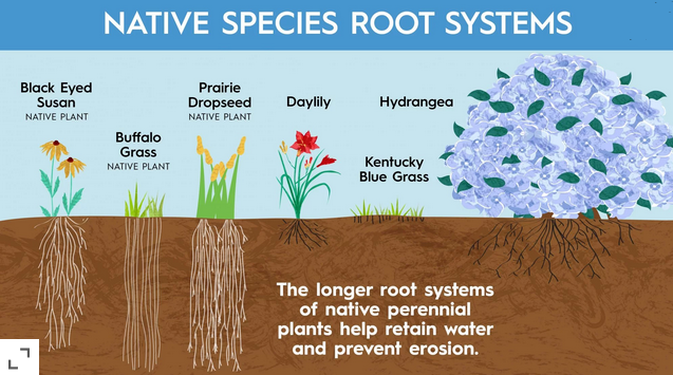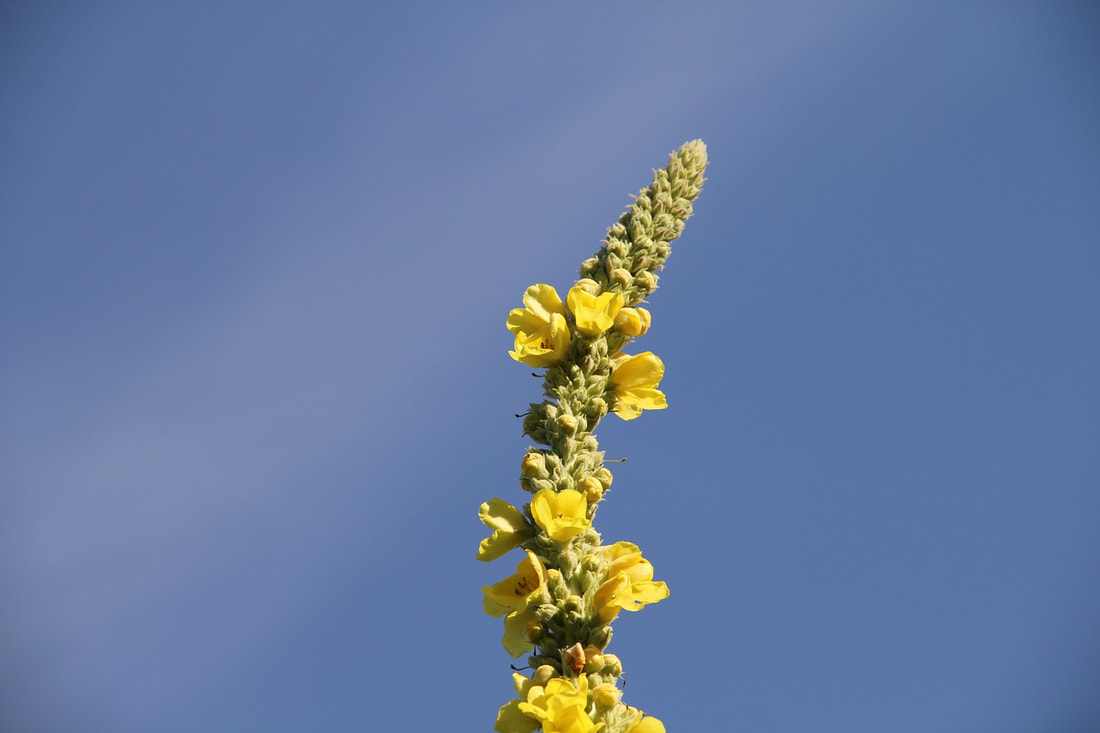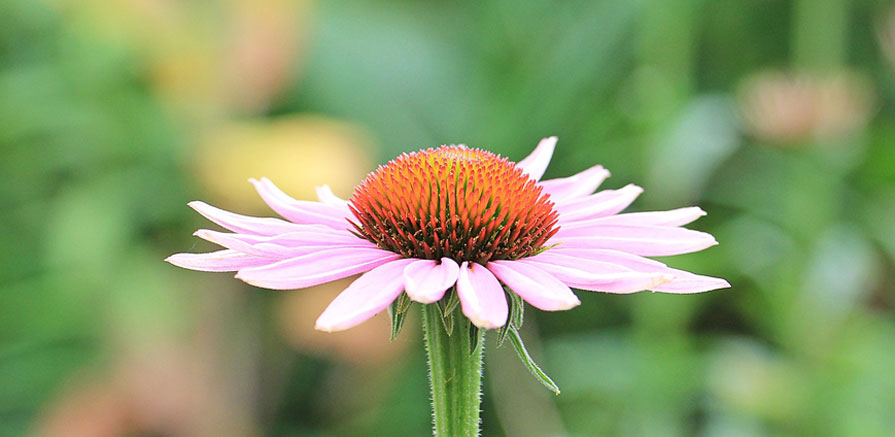You'll enjoy so many benefits when growing native!
- tough and long-lived, healthy and strong (you rarely have to buy replacements)
- can withstand local growing conditions (drought, flood, frost, freezing)
- easily divided to create free plants for giving away and starting new gardens
- reduced maintenance - natives are more resistant to disease and rarely have pests bother with them
- need little fertilization or water once established (three to five years)
- crowd out weeds
- erosion control due to their their deep root systems
- feed and shelter birds, butterflies, bees, and other insects year-round
- versatile in the landscape - native plants are well suited to every area of an outdoor environment (shady, dry and hot, wet, refined and formal)
- provide beauty in a way that visually connects your personal landscape with the surrounding natural area
- sustainable - native plants create a strong, healthy ecosystem. They require substantially less water and less chemicals are used because they are naturally disease resistant and don't need much fertilization.
CSU Extension has a chart of natives you can grow here: list of natives.
Image credit: Better Homes and Gardens








